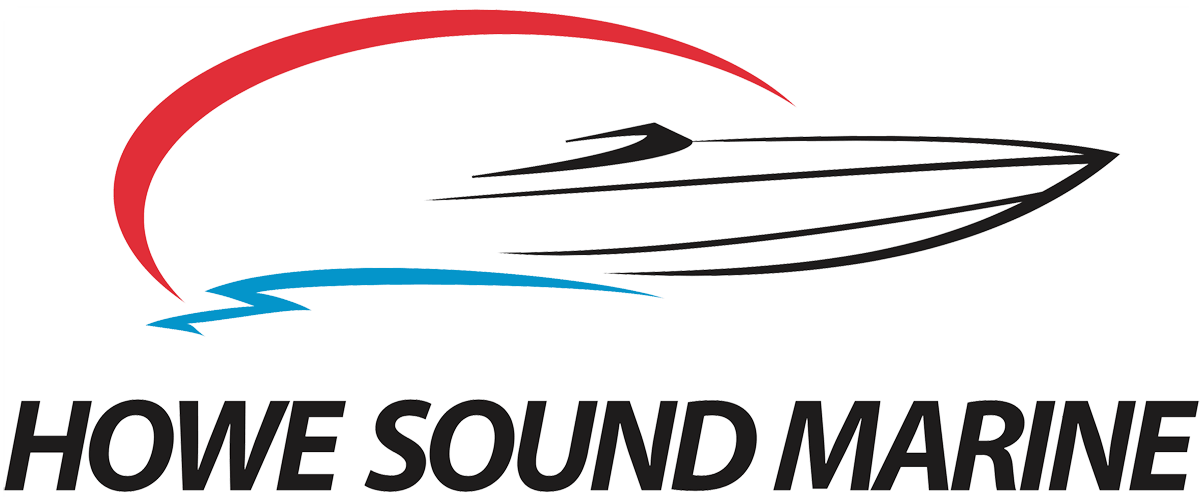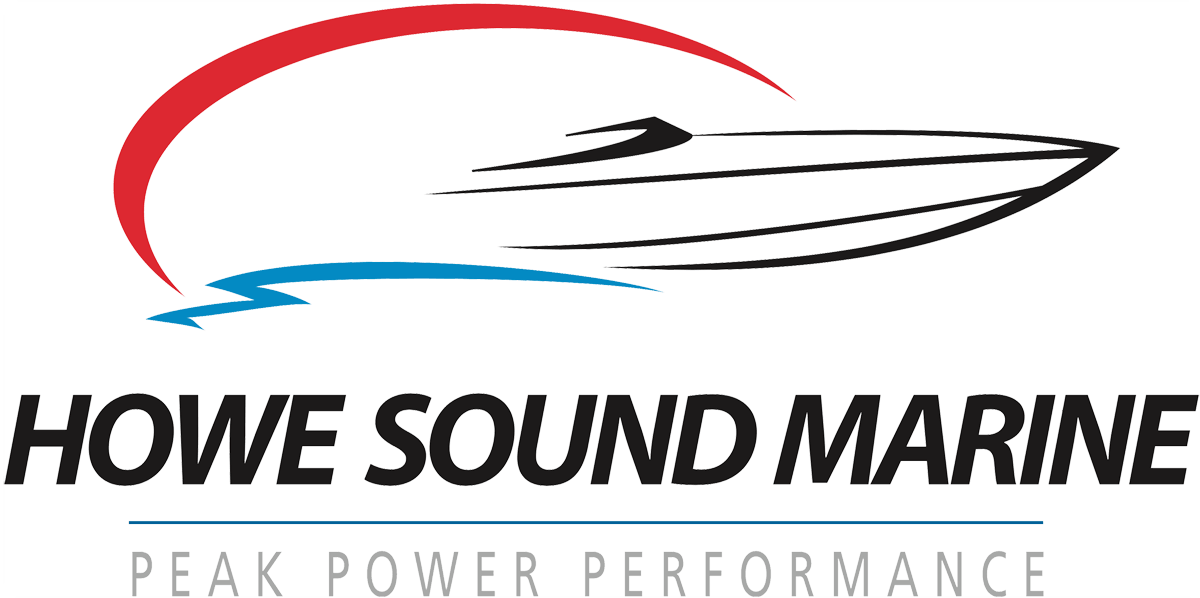Safe Boating
Or... Surviving The Season!
t’s always a good idea to go over the safety equipment on your boat and make sure you have the Canadian Coast Guard requirements. Do you know, there are ways you can save money and still be within regulation? Below are some tips to helping you sort out what you need but remember when in doubt either go to your local chandlery and ask or look at your copy of the Safe Boating Guide, which is available free to all boaters. For more information you can also check Smart Boater.
The requirements will vary according to the size of your vessel but below are the basics everyone should be aware of.
Personal Flotation Devices (PFDs)
- By law, pleasure craft must have enough Canadian-approved flotation devices of the appropriate size for everyone on board. You can choose between lifejackets and PFDs. Remember, lifesaving cushions are not approved as personal flotation equipment on any vessel.
- Look for a lifejacket or PFD with a label that states it has been approved by Transport Canada, the Canadian Coast Guard, Fisheries & Oceans Canada, or any combination thereof.
Sound Producing Devices
- Pleasure craft less than 12 metres in length need a sound-signaling device if they are not fitted with a sound-signaling appliance. The sound-signaling device can be a pea less whistle, compressed gas horn or an electric horn.
- Pleasure craft 12 metres or greater in length must have a fitted whistle.
Lights and Shapes
- Have all navigation lights as required for your boat.
- Make sure all instrument lights are working.
- Have a flashlight and spare batteries aboard.
Distress Signals
- Make flares accessible and ensure they are stored in a cool, dry location such as a watertight container.
- Carry signals at all times even if not required by Transport Canada.
- Inform the crew and passengers of their location and safety rules for proper usage.
- Assure that flares are still good and within FOUR years from date of manufacture.
Fire Extinguishers
- Have your fire extinguisher serviced and certified, if it isn’t already.
- Carry at least one fire extinguisher and make sure it is accessible.
- Check to be sure mounts are secure and functional before departure.
- Take the time to point out locations to passengers and crew.
Tools and Spares
- Carry a basic toolbox with tools appropriate for your boat.
- Carry a box of spares including fuel filter, light bulbs, head parts, through-hull plugs, fuses, etc.
Battery Care
- If you have a dual charging system, make sure the selector switch is in the proper position.
- Make sure the power is on to the entire vessel.
- Have spare batteries for accessories such as your handheld radio, flashlight, portable navigational aid, etc. on hand.
- If the batteries are rechargeable, make sure they're charged.
Weather Forecast
- Always check the weather forecast before boating.
- Have a radio on board to receive weather updates; cell phone don’t always work.
Docking and Anchoring Tips
- Have at least one anchor set up and bent-on to your anchor line.
- Carry two or three extra dock lines in case you encounter unusual conditions dockside.
- Visually inspect the lines you use for chafe or wear.
- Carry at least two fenders on-board for docking or towing if required.
Rules & Documentation
- Have the proof of ownership, your Pleasure Craft Operators Card, fishing permit, etc. on board.
- Have the charts for the area you intend to cruise in, regardless of your level of local knowledge.
These eleven simple steps can often make the difference between a summer full of happy memories and having to call for help!
We hope you have a safe and happy boating season!

